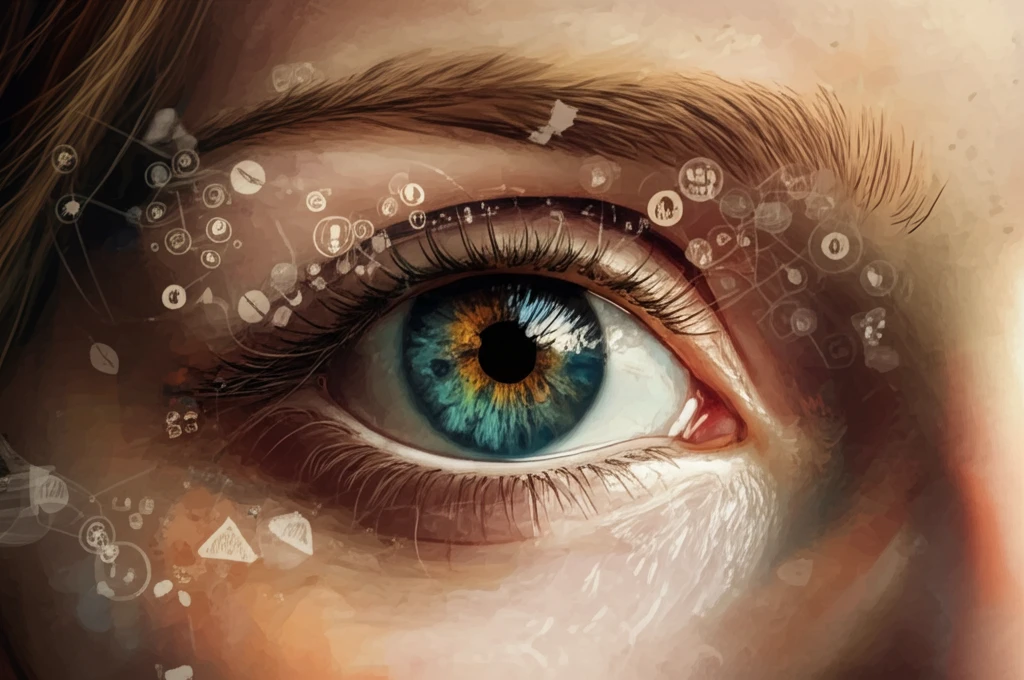
Unveiling Hidden Dangers: How to Protect Your Child's Vision and Health
"A Deep Dive into Pediatric Eye Conditions and Innovative Treatments"
As parents and caregivers, we prioritize our children's health and well-being above all else. While routine check-ups and vaccinations are essential, understanding the nuances of pediatric eye health is equally crucial. Eye conditions in children can range from common infections to more severe, vision-threatening disorders. Early detection and appropriate intervention are key to preserving your child's sight and overall health.
This article delves into several significant pediatric eye conditions highlighted in recent research, providing a comprehensive overview of their causes, symptoms, and management strategies. We will explore abusive head trauma (AHT) and its impact on vision, preseptal and orbital cellulitis and the controversies surrounding steroid use, and the complexities of pediatric endophthalmitis. The goal is to equip you with the knowledge necessary to advocate for your child's eye health effectively.
Understanding these conditions can be overwhelming, but don't worry. We'll break down the medical jargon and present the information in an accessible, easy-to-understand format. This is a guide meant to empower you with knowledge and awareness, enabling you to make informed decisions in partnership with your child's healthcare providers.
Abusive Head Trauma (AHT) and Macular Retinoschisis

Abusive head trauma (AHT), often referred to as shaken baby syndrome, is a severe form of child maltreatment that can lead to devastating and long-lasting consequences, including visual impairment. Macular retinoschisis, a splitting of the layers of the retina in the macula (the central part of the retina responsible for sharp, detailed vision), is a concerning finding in cases of AHT. Recent research indicates that macular retinoschisis is observed in approximately one-third of AHT cases, particularly during infancy or early childhood.
- All patients had systemic manifestations of abusive trauma and intracranial injury.
- Condensed vitreous was attached to the apices of the retinal folds, contributing to the schisis cavity.
- Severe bilateral multilayered symmetric retinal hemorrhages extending to ora serrata were observed in multiple cases.
- Optic nerve sheath hemorrhages (subdural and subarachnoid) were consistently present.
Empowering Parents: A Call to Action for Pediatric Eye Health
Understanding the intricacies of pediatric eye conditions is paramount for every parent and caregiver. By staying informed about conditions like AHT, preseptal and orbital cellulitis, and endophthalmitis, you are better equipped to protect your child's vision and overall well-being. Early detection, prompt intervention, and collaborative partnerships with healthcare professionals are key to ensuring the best possible outcomes for your children. Your vigilance and proactive approach can make a lasting difference in their lives, safeguarding their precious gift of sight.
